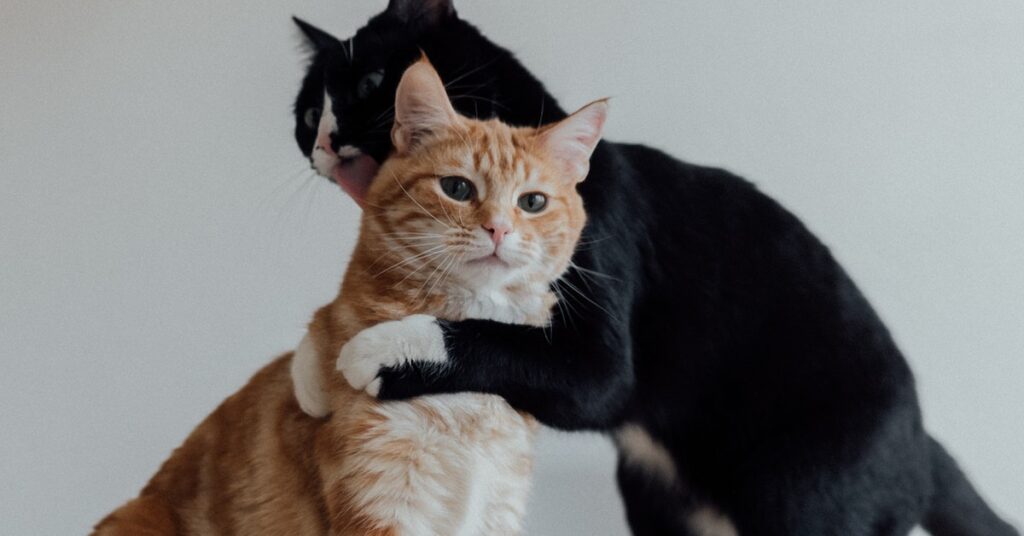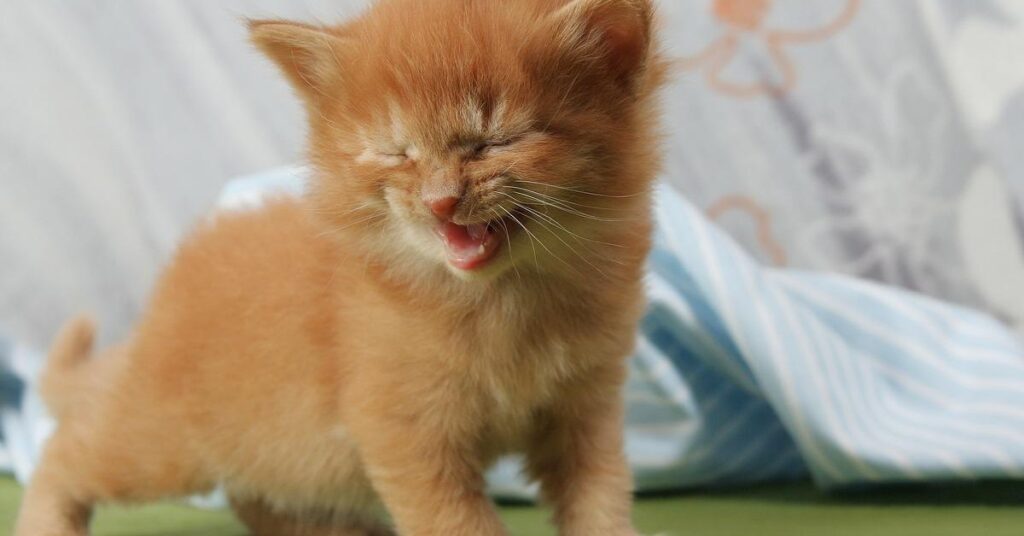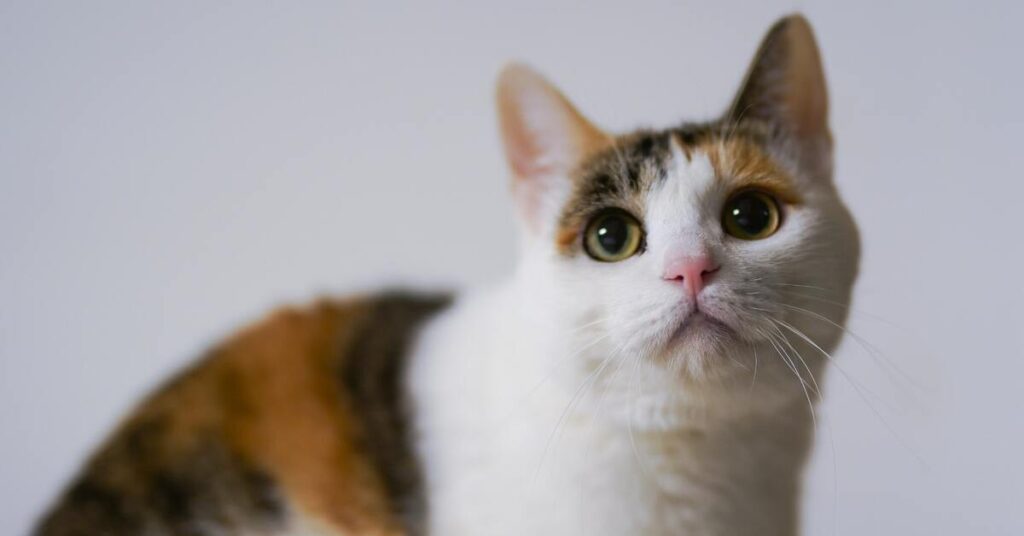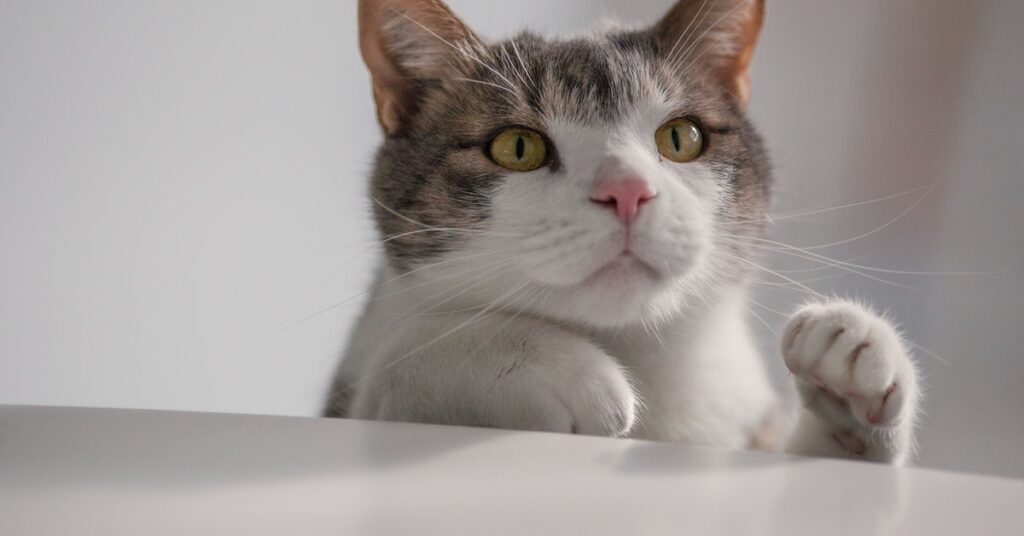If you’ve ever wondered how cats act, you may have found the answer in a recent cartoon created by illustrator Adam Ellis. His animations explore the nuances of feline behavior, from the position of the tail to expressions of dissatisfaction and aggression. Here are a few examples. But don’t worry if your cat doesn’t have any of these traits. It’s entirely possible that they don’t even know what those signs mean.
Cat Behavior Meaning by Body language
Cats need to communicate with each other for many reasons, from bonding to relating. They also need to cooperate to play and share resources. When cats communicate with humans, it helps them get what they want and need. Here are some of the most common ways they communicate. Here’s what you can do to improve your relationship with your cat.
Cats use body language to express their emotions. Their tail position, for instance, can indicate whether they’re comfortable or fearful. Similarly, a high tail position could mean that a cat is ready to attack. You can use a body language chart to help you better understand how your cat is feeling.
Cats are very complex animals. They communicate with each other through scent marking and body language. They want to communicate with humans to share resources and bond with each other. They may also communicate to get what they want or need. However, the body language of cats can make you feel confused about what your cat is trying to tell you.
During times of stress, cats will growl and spit. They may also strike and bite, which can cause deep puncture wounds. Ultimately, this can damage your relationship. It’s important to know your cat’s body language before you try to pet it. You can use it to understand their emotional state and determine whether they’re ill or healthy.
Cats can also show other emotions, like hunger or frustration. The way they move their tails also conveys different emotions. So, you must understand your cat behavior meaning.
Position of the tail
The position of a cat’s tail indicates a lot about its emotional state. Depending on its posture, it can be an indication of aggression or submissiveness. Often, a cat’s tail is held out behind it straight or at a slight angle. The cat’s tail is also very important because it can be a great indicator of how it feels about a certain situation.
Cats use many different signals to communicate with one another, including body language, vocalization, and smell signals. The position of the tail is a great indicator of a cat’s mood and whether it’s relaxed or in a playful mood. A cat’s tail can also signal a cat’s level of interest in a given object or food.
Cats’ tails are highly expressive and a good indicator of the way they feel. A cat’s tail can tell you everything from if it is fearful, ecstatic, or playful to which it is obedient. Cats can also communicate with one another by flicking their tail or standing in a certain position.
Cats often hold their tail close to the body when they are relaxed or sleeping. A cat with a tucked tail will also appear to be in a more vulnerable position. When they are afraid or threatened, they will use their claws and teeth. They may also turn over on their back and crouch low to the floor with their ears slacked back. A dog may misinterpret this behavior as submission, and therefore treat it as such.
When a cat is confident, the position of the tail will indicate that the cat is open to interaction and wants to interact with you. Similarly, a tail that is held high could indicate that a cat is about to attack.
Expressions of discontent
Cats have a lot of ways to express discontent, and one of the best ways to notice it is to watch for changes in their vocalizations. If your cat starts to yowl or purr more than usual, it could be a sign that he is unhappy. In addition to vocalizations, cats also have a number of physical cues that signal that something is wrong. For example, a cat that is constantly pacing may be frustrated. If this happens regularly, it might be time to call your veterinarian.
Although cats are often difficult to read, their facial expressions can give us clues about their emotions. While some people can distinguish the difference between cats in pain and those who aren’t, more research needs to be done to identify the full range of facial expressions in cats. One study analyzed 29 cats from an animal shelter to determine their moods and expressions.
Signs of aggression
Cats are territorial creatures, which means that they will display aggressive behavior towards other cats, people and other animals that approach their territory. This behavior may be triggered by fear, environmental changes or genetic predisposition. When your cat is overly aggressive, it can be very stressful for you to live with. However, you can take some steps to deal with these behaviors.
To prevent aggressive behavior, make sure that you are not rewarding your cat for aggression. If you see a cat hissing, growling or tense body posture, you should stop giving it attention right away. If your cat continues to display these signs, try to remove it from the room until the behavior passes.
Aggressive behavior is caused by emotional and physical stress. Cats who are anxious or fearful are more prone to exhibit aggressive behavior. Predatory aggression is common among cats that were weaned too early. This means that they did not have enough playtime with their littermates and had no opportunity to develop bite inhibition. In addition, certain medical conditions and medications can cause your cat to exhibit aggression.
If your cat displays aggression toward another cat, it may be time to remove it from the environment. If your cat is aggressive toward a human, you should separate the two and reintroduce them to their respective territories. You can even use a bell on your cat’s collar to warn you if he’s about to strike. The right treatment is important, as physical punishment will only cause your cat to react more aggressively in the future.
Signs of aggression in cat behavior are difficult to recognize. However, if you notice any of these signs, it is time to get your cat to the veterinarian. If you don’t see any early signs, your cat may be hiding an illness from you and will act defensively to defend himself.
Signs of safety
You can learn a lot about cat behavior by reading your cat’s body language. Your cat’s belly is a very sensitive place, so exposing it to you means your cat is comfortable around you. However, many cats don’t like to have their belly touched. While this is a sign of comfort, you need to understand that exposing your cat’s belly is not an invitation for a belly rub! Some cats may even react aggressively if you attempt to touch their stomach.
A cat may also stretch out as a way to defend itself. When they feel threatened, they will make themselves as large as possible. They may also stand with their backs up, and their tails may be longer than usual. The cat may also move towards other cats or stare directly at them.
Once your cat feels comfortable around another cat, it may decide to play together. If they are friendly, they may even share a scratching post or cat tree. However, it will take some time for them to get used to each other. If the cats are aggressive, they may hiss or scratch each other. If this happens, you may need to use a loud noise to break up a fight.
When your cat is scared, it may arch its back and crouche as if it is going to flee. It might also hold its tail rigidly or curl it tightly around its body. It may also rub against you, either with its paws or its tail. This indicates affection and it is a way to distribute scent and spread scent.








